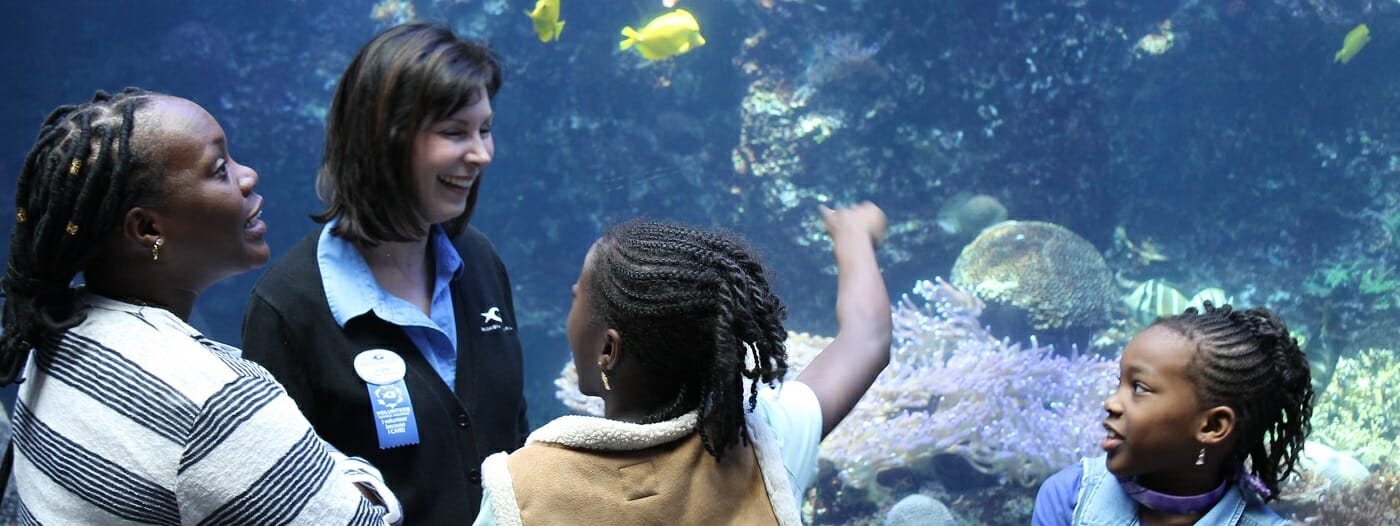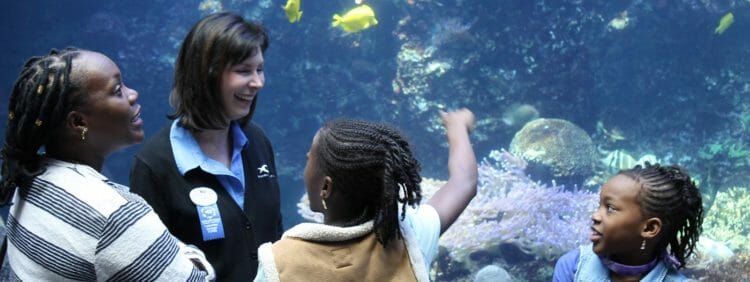Why do animals rely on changes in the sky to survive? Their behaviors depend on the light from the sun, moon and stars. Sea turtle hatchlings need moonlight to find the ocean, while corals need sunlight to produce food. Why do whale sharks stay at the top of the ocean and how do animals survive at the bottom? Students will identify how the stars, sunlight, and moonlight change the behavior of aquatic animals and analyze the effect humans have on these natural lights.
Georgia Standards of Excellence
- SKE1. Obtain, evaluate, and communicate observations about time patterns (day to night and night to day) and objects (sun, moon, stars) in the day and night sky.
- b. Develop a model to communicate the changes that occur in the sky during the day, as day turns into night, during the night, and as night turns into day using pictures and words. (Clarification statement: Students are not expected to understand the tilt of the Earth, rotation, or revolution.)
Next Generation Science Standards
- 1-ESS3-3. Communicate solutions that will reduce the impact of humans on the land, water, air, and/or other living things in the local environment.

